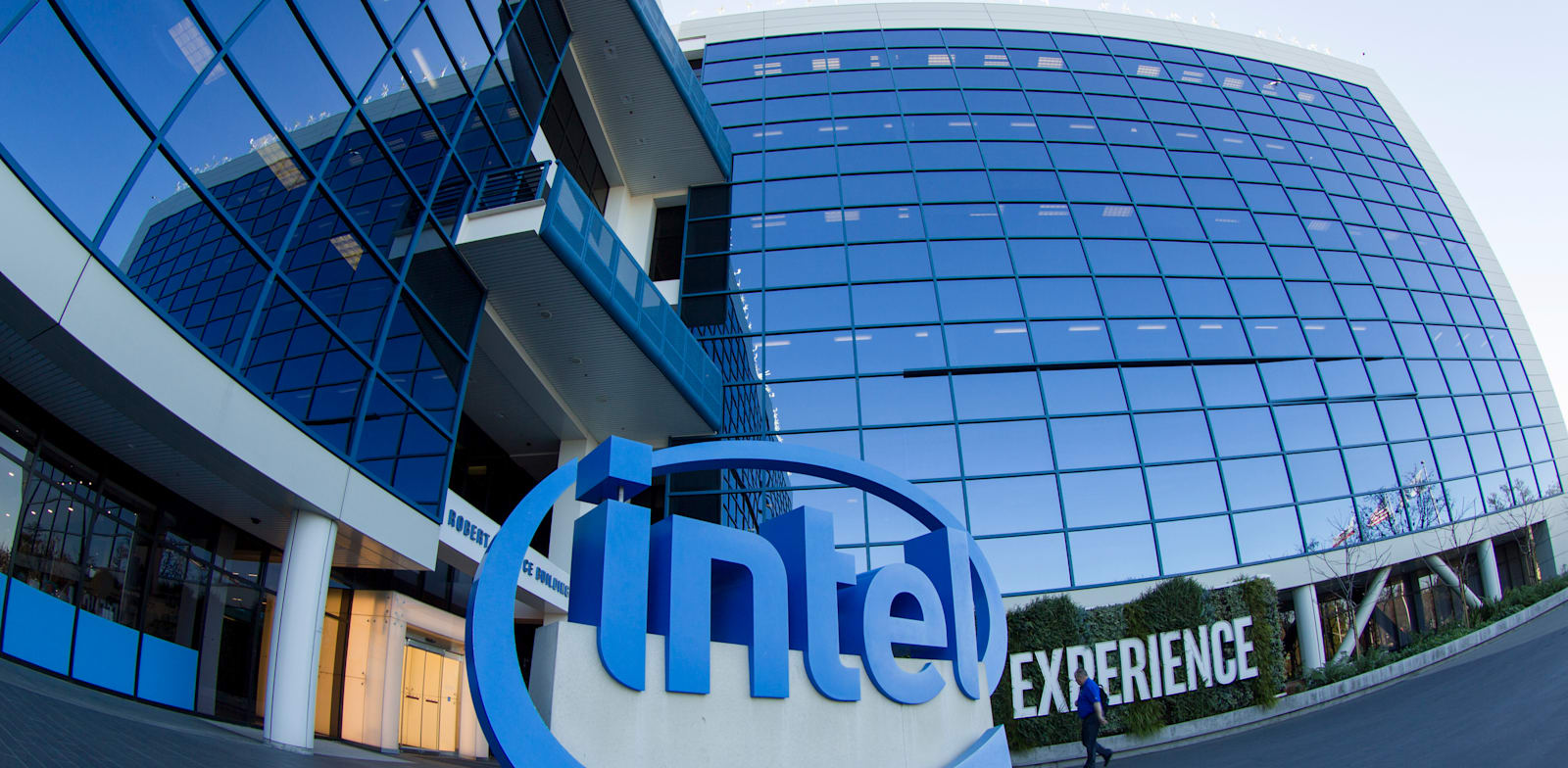In a surprising move, Qualcomm has reportedly approached Intel about a potential takeover, sending shockwaves through the tech world. While the deal is far from certain and likely to face antitrust scrutiny, its implications could be profound, especially for the x86 architecture.
Intel, struggling with losses and facing intense competition, has been seeking to revitalize its business under CEO Pat Gelsinger. The company’s recent restructuring efforts, including layoffs, foundry spin-off, and project pauses, reflect its desperate attempts to regain momentum.
Qualcomm’s interest in Intel could be driven by several factors. The company’s growing presence in the laptop market with Snapdragon X processors positions it as a potential competitor to Intel’s core business. Intel’s extensive manufacturing capabilities and intellectual property could also be valuable assets for Qualcomm.
However, a Qualcomm-Intel merger would likely face significant challenges. Antitrust regulators would likely scrutinize the deal closely, given the potential for reduced competition in the semiconductor market. Moreover, integrating two such large and complex companies would be a formidable undertaking.
The impact of a Qualcomm-Intel merger on the x86 architecture remains uncertain. Both companies hold valuable intellectual property related to this technology, and any potential deal would likely involve negotiations to ensure continued access to these assets.
As the tech industry continues to evolve rapidly, the possibility of a Qualcomm-Intel merger raises intriguing questions about the future of the semiconductor landscape. While the outcome of this potential deal remains to be seen, it is clear that the stakes are high for both companies and the industry as a whole.
